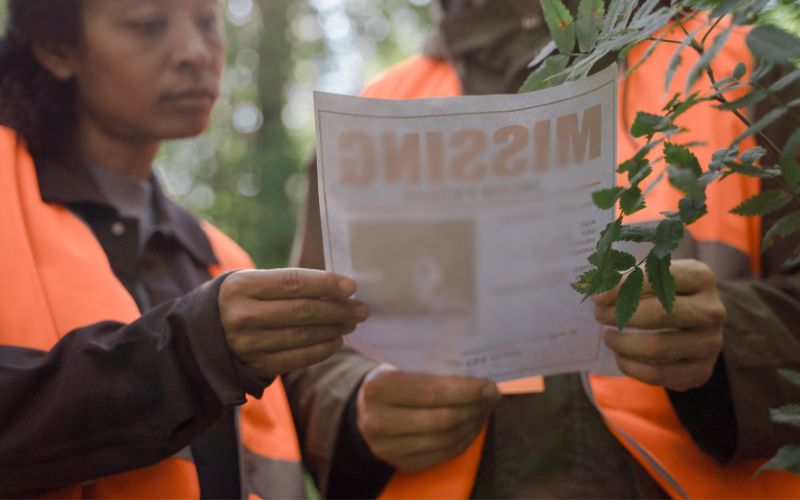
- Details
- By Elyse Wild
A new code for the nation’s Emergency Alert System is being commended for its potential to aid in the Missing and Murdered Indigenous Persons (MMIP) crisis.
Approved today by the Federal Communications Commission (FCC), the Missing and Endangered Persons (MEP) event code will enhance communication about missing or endangered adults. It will function much like the system’s current Amber Alert code by allowing authorities to send one message through many systems and platforms, including radio, television, and the Internet.
Notably, the MEP code introduces standardization across Tribal, State, and local jurisdictions to allow for timely inter-jurisdictional cooperation.
Loris Taylor, President and CEO of Native Public Media, praised the FCC’s vote, stating, “This action is historic. The new MEP event code symbolizes hope and a commitment to leveraging modern communication tools to protect those most at risk and underscores the importance of community involvement in ensuring public safety for Native Americans.”
Native American communities face disproportionate barriers to locating their missing loved ones due to geographic isolation, dramatically underfunded law enforcement, jurisdictional confusion, and systemic apathy. Native Americans account for 2.5% of all missing person cases despite making up only 1.2% of the U.S. population, according to the National Crime Information Center.
While the Bureau of Indian Affairs estimates there are 4,200 unsolved MMIP cases, it is widely held that the actual number is likely higher.
Advocates hope the code will bolter early warning capabilities, enabling first responders and communities to collaborate more effectively in rescue and recovery efforts.
Brian Brashier, Chickasaw Nation’s Director of Broadcast Productions, also praised the decision.
“This action will save countless lives across Indian Country and the nation,” Brashier said.
More Stories Like This
Chumash Tribe’s Project Pink Raises $10,083 for Goleta Valley Cottage Hospital Breast Imaging CenterMy Favorite Stories of 2025
The blueprint for Indigenous Food Sovereignty is Served at Owamni
Seven Deaths in Indian Country Jails as Inmate Population Rises and Staffing Drops
Sen. Luján Convenes Experts to Develop Roadmap for Native Maternal Health Solutions


